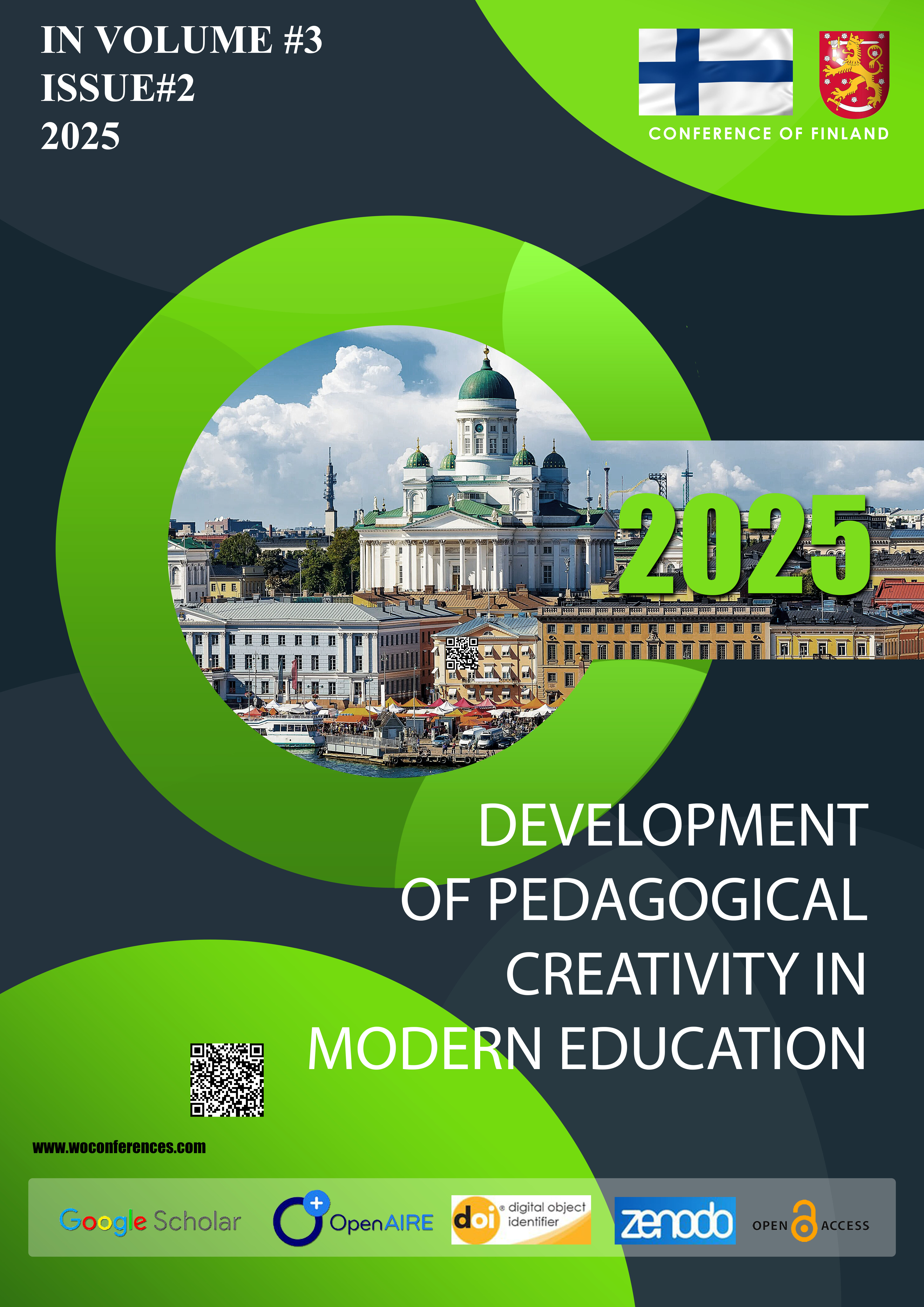LEARNING FOREIGN LANGUAGES WITH CHATGPT BASED ON ARTIFICIAL INTELLIGENCE: PRACTICAL APPROACHES AND CHALLENGES
Abstract
This article analyzes the role and effectiveness of artificial intelligence, particularly ChatGPT technology, in the process of learning foreign languages. Based on a survey conducted among students of the Yangiyer Branch of the Tashkent Institute of Chemical Technology, the study identifies practical cases of using ChatGPT, existing problems, and incorrect approaches. Specifically, it is noted that students primarily use the tool for automatic translation or completing ready-made assignments, while struggling with formulating questions and analyzing outcomes. At the same time, the article highlights positive aspects of language learning through ChatGPT and presents concrete methodological suggestions to enhance its effectiveness. Drawing on scientific sources and advanced research findings, the article substantiates the need for conscious, interactive, and consistent use of AI tools in language education.
References
1. Floridi, L., & Chiriatti, M. (2020). GPT-3: Its nature, scope, limits, and consequences. Minds and Machines, 30(4), 681–694. https://doi.org/10.1007/s11023-020-09548-1
2. Fitria, T. N. (2023). Students’ Perception on the Use of ChatGPT in Learning English Writing Skill. Journal of English Teaching, 9(1), 15–22. https://doi.org/10.33541/jet.v9i1.4581
3. Kasneci, E., et al. (2023). ChatGPT for good? On opportunities and challenges of large language models for education. Learning and Individual Differences, 103, 102274. https://doi.org/10.1016/j.lindif.2023.102274
4. OECD. (2021). Digital Education Outlook: Pushing the Frontiers with AI, Blockchain and Robots. OECD Publishing. https://doi.org/10.1787/589b283f-en









